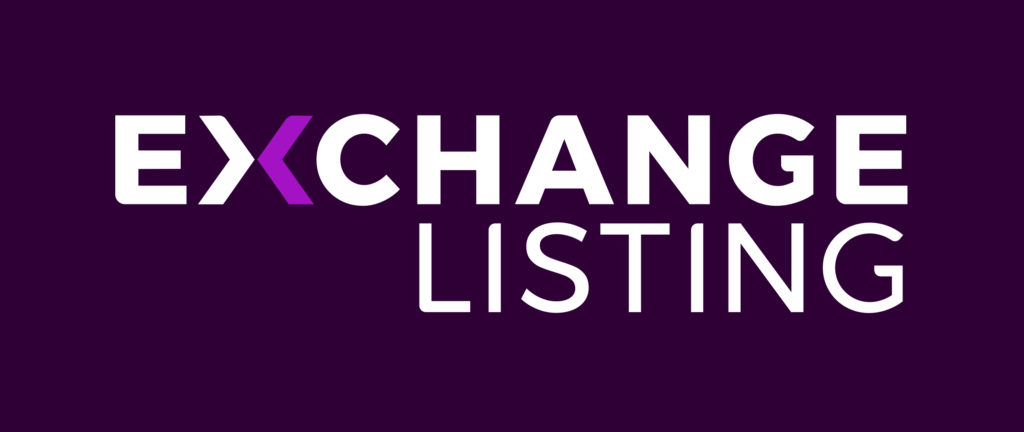
Photo credit: Ipo by Nick Youngson CC BY-SA 3.0 Pix4free
This post contains sponsored advertising content. This content is for informational purposes only and not intended to be investing advice.
You’ve probably heard about some of the bigger initial public offerings (IPOs) of 2021, such as Coinbase Global Inc.
Perhaps you’ve also heard about special purpose acquisition companies (SPACs), the latest venture capital deals and debt restructuring plans that are all the buzz on Wall Street.
Today’s robust markets present companies with several avenues to raise capital. Perhaps the most well-known and anticipated way to raise capital is through the IPO process. Last year saw a record number of IPOS with 1,058 compared to a total of 480 for 2020.
As these traditional forms of funding capture the world’s attention, a vastly underappreciated form, the micro-IPO, often takes a back seat. Yet, the micro-IPO represents a potentially great opportunity and a massive shift in the capital markets space, particularly for companies with a market capitalization between $50 million and $300 million (or micro-cap). A micro-IPO is a unique funding opportunity for entrepreneurial companies to access capital and gain access to the public markets.
Many entrepreneurs are not aware that even early-stage, pre-revenue companies from anywhere around the globe can raise capital and list on U.S. senior exchanges. Until recently, there was a belief that a company that wanted to go public needed a minimum of $100 million in revenue to attract an underwriter. Now, accepting the additional risk, investors can directly access potentially high-growth companies, and entrepreneurs have a clear path into internationally recognized capital markets.
Shifts in the IPO Market
A development-stage or emerging-growth company listing on a senior exchange can be a significant investment opportunity for a wide range of companies and investors. It also offers a chance for unmatched stock appreciation and added job creation and economic stimulus as the company grows. Similarly, by listing on a senior exchange, a broader range of investors can invest in public companies and participate in their growth and wealth creation.
While everyone wants to invest in the next unicorn, these companies are mostly owned by large institutional shareholders, which limits the smaller retail investors.
Unlike unicorns with market values of more than $1 billion, microcaps can provide an excellent opportunity for entrepreneurs to reap the rewards of publicly listing their stocks and a significant benefit for early investors. This is especially true for smaller, high-growth companies like those in emerging industries.
Capital markets are seeing a flow of public money, which means investors are willing to risk investing in newer or early-stage companies, betting that the company could become the next big thing. As a result, micro-cap, publicly traded companies are going public sooner than they have ever been able to.
These are just a few of the potential advantages of micro-IPOs:
- Creates more capital-raising opportunities and financing options, typically at a higher valuation and a lower cost of capital
- Establishes a value for the company’s securities and creates a public market for them
- Increases liquidity for existing and future investors and provides an exit strategy for venture and institutional investors
- Increases legitimacy and visibility which may, in turn, generate greater interest and awareness of the company
- Creates a second currency with the company’s common stock, allowing the use of that equity instead of cash for acquisitions and attracting and compensating management, employees, directors, and strategic partners.
- Gives investors who want to get in early on the high-growth phase of a company access that previously was available exclusively to venture capitalists and private equity firms
As the prerequisites to enter the stock market continue to change, knowing what micro-IPOs are could provide both investors and entrepreneurs an edge in the market.
Why Some Are Considering Micro-IPOs
In some ways, an IPO can be a superior exit strategy to selling your company.
When selling a company, you run the risk of losing the very thing you worked hard to create. A venture capitalist may not share the same ideals as you do, especially when their primary concern is a return on their investment.
In contrast, an IPO allows you to retain management control of your company and continue to choose how you want to manage it along with board oversight.
Listing on a Senior Stock Exchange and going through the IPO processes is an excellent opportunity for entrepreneurial growth companies to access capital and enter capital markets. A micro-IPO is more accessible than ever before, and is a valuable and essential vehicle to access growth capital.
There’s been a return to the high volume of IPOs seen during the dot-com era of the 1990s. However, after the dot-com bust, the Wall Street myth that small IPOs are too expensive and risky became widely accepted. During the dot-com bust, the notion that a small company should not take on the risk or burden of the costs, obligations and potential liability of an IPO became commonplace. This myth, perpetuated over the past 20 years, has created a barrier to entry at a considerable cost to entrepreneurs, investors and the world.
An IPO is perhaps more within reach than you might imagine and could be a significant way for your company to grow, access capital and gain market share.
The next installment of this monthly articles series will discuss how to access a micro-IPO and how to prepare for one.
This post contains sponsored advertising content. This content is for informational purposes only and not intended to be investing advice.

